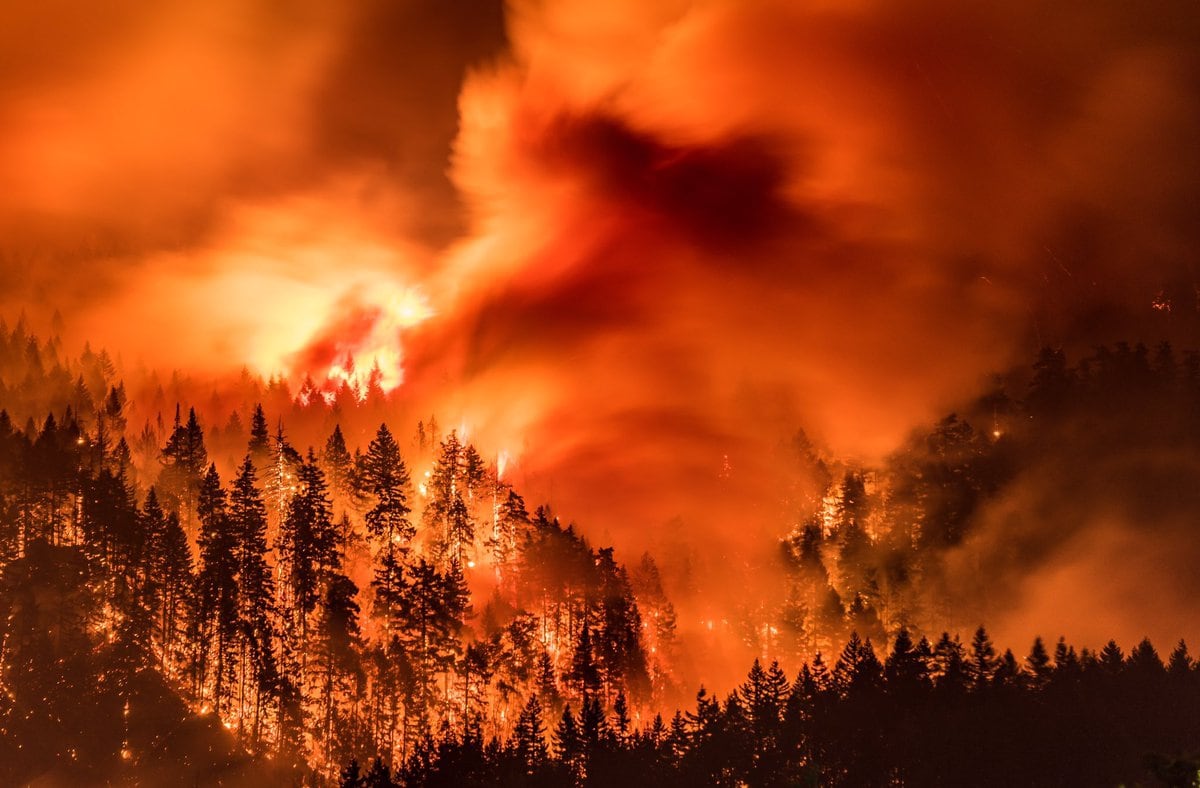- Joined
- Dec 3, 2009
- Messages
- 52,009
- Reaction score
- 33,944
- Location
- The Golden State
- Gender
- Male
- Political Leaning
- Independent
Maybe it's time to end the idiotic policies which don't allow the removal of dead wood from national forests.
They're removing it as fast as they can right now, at least around here. Those 100 million dead trees generated a lot more dead wood than could be removed.
It's time to manage forests by policies based on science, not on politics, that's for sure.





